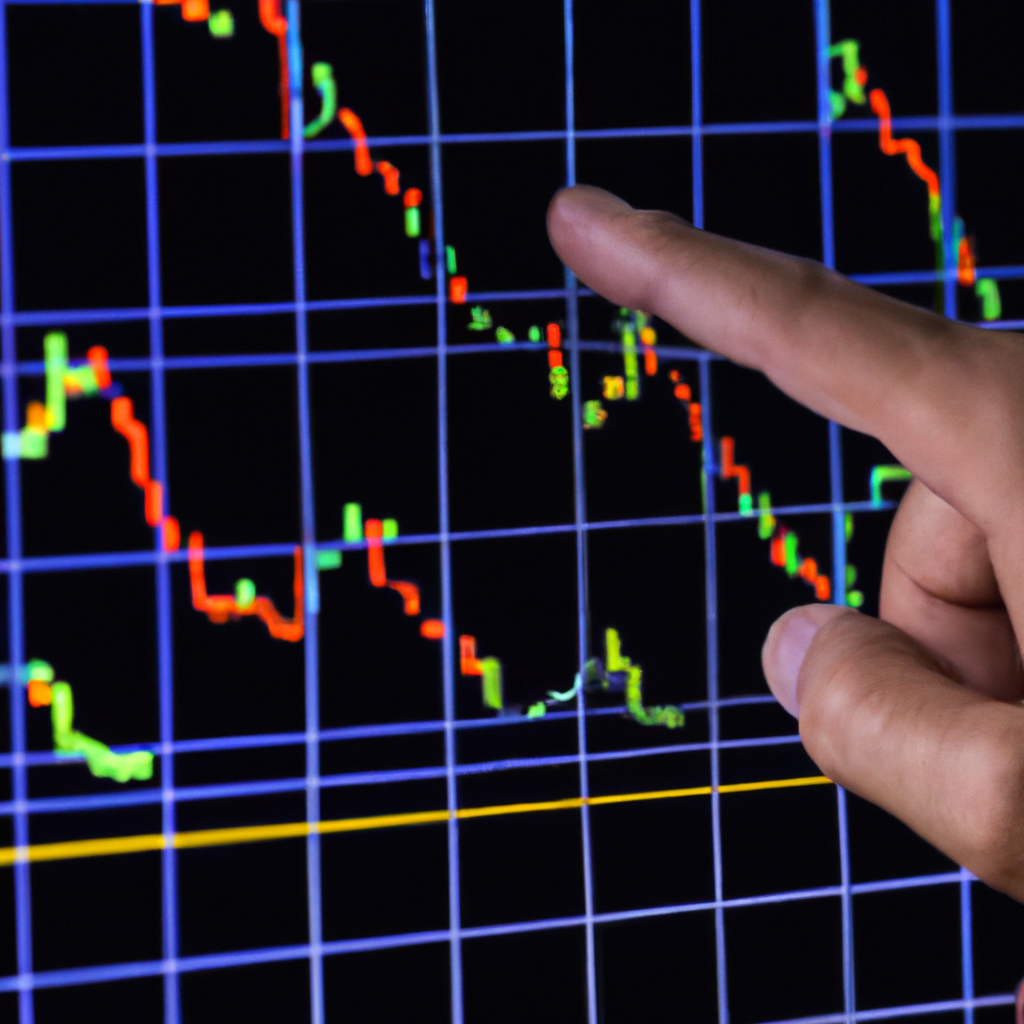Volume Spikes and Market Reversals
Introduction
Volume spikes and market reversals are two important concepts in the field of technical analysis. Understanding how these phenomena occur and their implications can provide valuable insights for traders and investors. This article aims to shed light on the relationship between volume spikes and market reversals, exploring the significance of volume in predicting and confirming market trends.
What are Volume Spikes?
Volume spikes refer to sudden and significant increases in trading volume within a given period. They are characterized by a substantial surge in the number of shares or contracts traded compared to the average volume of a security. Volume spikes can occur in various financial markets, including stocks, commodities, and currencies.
Causes of Volume Spikes
Volume spikes can be triggered by a multitude of factors, such as:
- News Events: Positive or negative news releases can spark increased trading activity as market participants react to new information.
- Earnings Announcements: Companies reporting their financial results often experience volume spikes as investors reassess their positions based on the revealed data.
- Market Sentiment Shifts: Dramatic changes in market sentiment, such as sudden optimism or pessimism, can lead to a surge in trading volume.
- Technical Breakouts: When a security breaks through a significant technical level, such as a support or resistance level, it can trigger a rush of buying or selling, resulting in a volume spike.
The Relationship Between Volume Spikes and Market Reversals
Volume spikes often serve as a warning sign for potential market reversals. When a volume spike occurs alongside a price reversal, it suggests that a significant shift in market sentiment may be underway. High trading volume during a reversal indicates increased participation from both buyers and sellers, highlighting the strength of the new trend.
Volume can be seen as a confirmation tool for market reversals. For example, if a security experiences a sharp price decline accompanied by a volume spike, it suggests that there is strong selling pressure, reinforcing the likelihood of a continued downtrend. Conversely, a price increase accompanied by a volume spike signifies robust buying interest, potentially signaling the start of an uptrend.
Using Volume Analysis in Trading Strategies
Traders often incorporate volume analysis into their strategies to identify potential market reversals and confirm trend changes. Here are a few ways volume can be utilized:
- Volume Divergence: By comparing price movements with volume patterns, traders can identify instances where volume is not aligning with the prevailing trend. Divergence between price and volume may indicate a weakening trend, potentially foreshadowing a reversal.
- Volume Breakouts: Monitoring volume levels during breakouts can help traders gauge the strength of the new trend. A breakout accompanied by a volume spike suggests a higher probability of a sustained move.
- Volume Moving Averages: Calculating volume moving averages can smooth out the data and provide a clearer picture of the overall trend. Comparing current volume levels to historical averages can help identify abnormal volume spikes and their potential impact on market direction.
Conclusion
Volume spikes play a crucial role in understanding market reversals. By analyzing trading volume alongside price movements, traders can gain valuable insights into shifts in market sentiment and the strength of emerging trends. Incorporating volume analysis into trading strategies can enhance decision-making and improve the accuracy of predictions. Remember, volume is not the sole determinant of market reversals, but it is a powerful tool that, when used in conjunction with other technical indicators, can significantly enhance trading outcomes.



